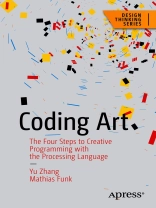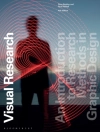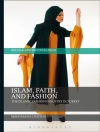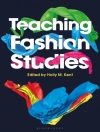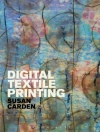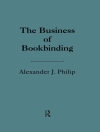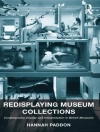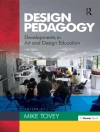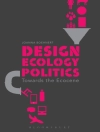Finally, a book on creative programming, written directly for artists and designers! Rather than following a computer science curriculum, this book is aimed at creatives who are working in the intersection of design, art, and education.
In this book you’ll learn to apply computation into the creative process by following a four-step process, and through this, land in the cross section of coding and art, with a focus on practical examples and relevant work structures. You’ll follow a real-world use case of computation art and see how it relates back to the four key pillars, and addresses potential pitfalls and challenges in the creative process. All code examples are presented in a fully integrated Processing example library, making it easy for readers to get started.
This unique and finely balanced approach between skill acquisition and the creative process and development makes
Coding Art a functional reference book for both creative programming and the creative process for professors and students alike.
What You’ll Learn
- Review ideas and approaches from creative programming to different professional domains
- Work with computational tools like the Processing language
- Understand the skills needed to move from static elements to animation to interaction
- Use interactivity as input to bring creative concepts closer to refinement and depth
- Simplify and extend the design of aesthetics, rhythms, and smoothness with data structures
- Leverage the diversity of art code on other platforms like the web or mobile applications
- Understand the end-to-end process of computation art through real world use cases
- Study best practices, common pitfalls, and challenges of the creative process
Who This Book Is For
Thoselooking to see what computation and data can do for their creative expression; learners who want to integrate computation and data into their practices in different perspectives; and those who already know how to program, seeking creativity and inspiration in the context of computation and data.
Содержание
Introduction.- Part I: Creative Coding.- Chapter 1: Idea to Visuals.- Chapter 2: Composition and Structure.- Chapter 3: Refinement and Depth.- Chapter 4: Completion and Production.- Part II: An Example: MOUNTROTHKO.- Chapter 5: Inspiration.- Chapter 6: From idea to completion.- Part III: Coding Practice.- Chapter 7: Dealing with Problems.- Chapter 8: Learning Path.- Chapter 9: Creative Processes.- Conclusion.- Epilogue.
Об авторе
An artist by training,
Yu Zhang finished her Ph D in 2017 on the theory and artistic practice of interactive technologies for public, large-scale installations. She approaches visual art with mixed reality installations and projections, sensor-based interactives, and computational arts. She roots her artistic intent in the symbolism of Asian traditions and transforms the artistic unpacking of drama and cultural signifiers into experiences of interactivity and connectivity that ultimately bridge artistic expression and audience experience. She uses systems design toolkit, to realize a complex multifaceted experience playing with the spatiotemporal context of the audience’s interaction with the installations when digital and physical converge. Starting from interactivity, she constructs layers of different connections between artist, artwork, audience, and the environment to express how far such connectivity can impact and reshape the structure and relations of objects, space, and time within a dynamic audience experience. Apart from her artistic research and practice, Yu’s teaching experiences cover over ten years and a board space including traditional classrooms and design-led project-based learning activities.
Mathias Funk is Associate Professor in the Future Everyday group in the Department of Industrial Design at the Eindhoven University of Technology (TU/e). He has a background in Computer Science and a Ph D in Electrical Engineering (from Eindhoven University of Technology). His research interests include complex systems design, remote data collection, systems for musical expression, and design tools such as domain-specific languages and integrated development environments. In the past he has worked in research positions at ATR Japan, RWTH Aachen and he has been Visiting Researcher at Philips Consumer Lifestyle, The Netherlands. He is also the co-founder of UXsuite, a high-tech spin-off from Eindhoven University of Technology. He has years of experience in software architecture and design, engineering of distributed systems, and web technologies. Further areas of interest and practice are domain-specific languages and code generation, sound and video processing systems, and data and information visualization approaches. He has been involved extensively in the business side of innovation, the transfer of research to commercial products, and he loves to think about a design’s real world impact. As a teacher, he teaches various technology-oriented courses in the Industrial Design curriculum about designing with data and visualization approaches, systems design and technologies for connected products and systems. He is regularly invited to give international workshops on large-scale interactive systems, group music improvisation interfaces and expressive (musical) interaction. He has been an active musician for years, and is very interested in the intersection of music, art, and design in particular. Mathias Funk is a senior member of the ACM.
